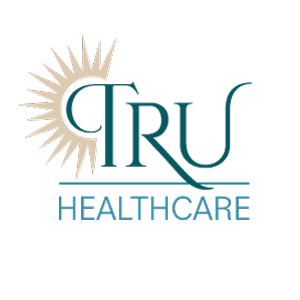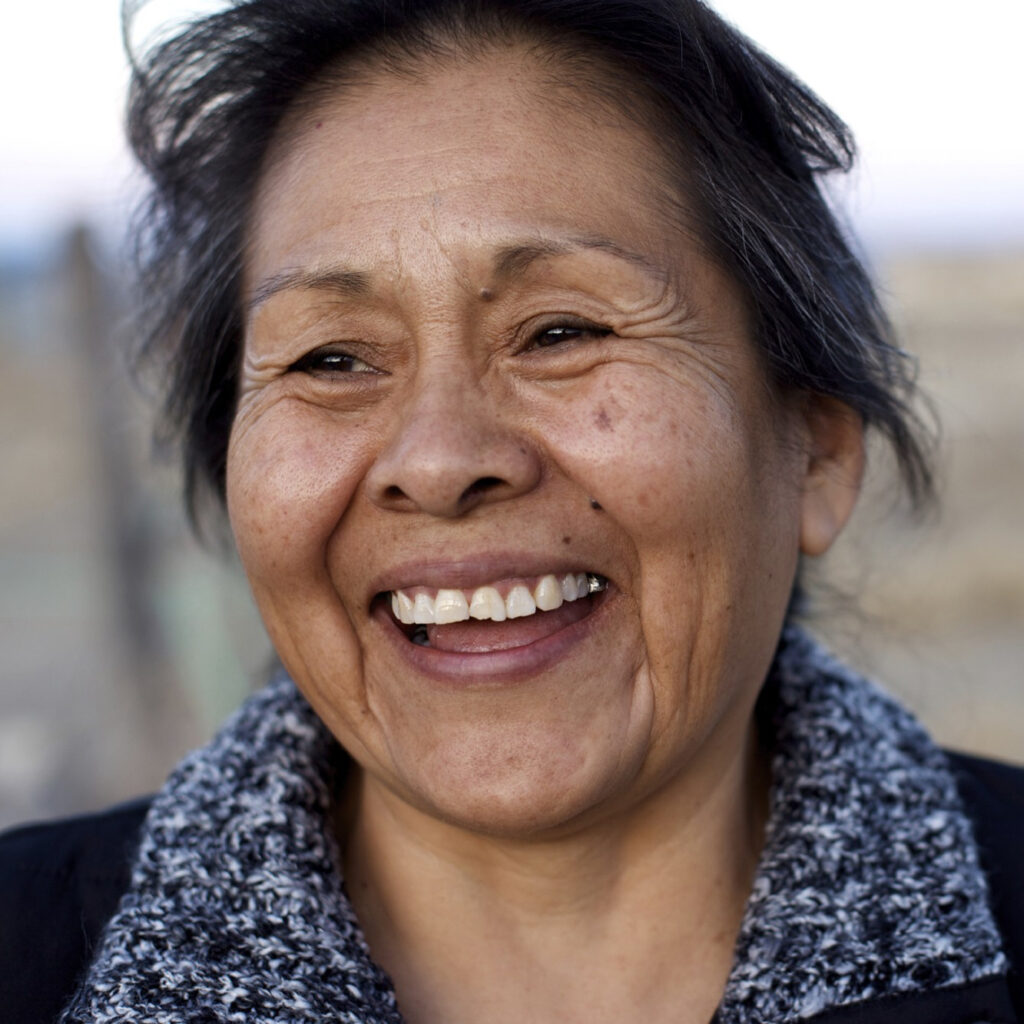The numbers are alarming. 40% of Native Americans in Minnesota have diabetes according to Lori Watso, a former public health nurse and Shakopee tribe member as quoted in a Star Tribune article. This epidemic will continue to expand as Native Americans are nearly twice as likely as whites to become obese, more than twice as likely to have Type II diabetes and, among children, the rate of obesity and diabetes will soon reach 50% according to a report by the Shakopee Mdwakanton Sioux Community. Not limited to a few tribes living on reservations, the entire northern part of Minnesota contains four of the five least healthy counties where two-fifths of the population in Mahnomen County (least healthy) is Native American, 11.9% in Cass (#2) and 20.8% in Beltrami (#5). This according to County Health Rankings from the Robert Wood Johnson Foundation and the University of Wisconsin). These numbers are not at all surprising to us here at Healthstar Home Health as it’s a common health issue we treat through our First Nations and Circle of Life Home Health initiatives. Karen Moses, RN Case Manager in our greater Minnesota branch location says that 90% of her clients have diabetes and 99% are Native American. By offering home health care services on the Red Lake, White Earth, Leech Lake, Bois Fort, Fond du Lac and Mille Lacs Reservations, we see firsthand the affects of diabetes and are working to empower patients and their families to be active participants in the solution.
Risk Factors
Obesity
With an abundance of fat cells in the body, insulin cannot do its job which is to take glucose (sugar) out of the bloodstream and pack it into healthy cells. Gaining as little as 10 pounds over 15 years can double your insulin resistance and increase your risk of diabetes. Obese adults are seven times more likely to develop diabetes compared to adults at a healthy weight. But, for the Native American population, what causes obesity?
Poor Nutrition
Prior to the Civil War, Type 2 diabetes was practically non-existent. Following the war, Indians were forced onto reservations and the government began providing food commodities according to Devon Abbott Mihesuah, a member of the Choctaw Nation of Oklahoma who runs the American Indian Health and Diet Project at the University of Kansas. Wild rice and grains gave way to flour, processed cheese and macaroni and low fat meats such as fish, deer and rabbit was replaced by beef and pork.
Sedentary Lifestyle
Also prior to the Civil War, Native Americans lived off the land which kept them active with fishing, harvesting, gathering and trapping. With the lack of a replacement to these activities and acquisitions of motorized vehicles, a once active community found themselves sitting often with very little exercise.
Genetics
The thrifty gene hypothesis penned by James V. Neel states that some populations have genes which enable them to efficiently maintain higher levels of healthy fat during periods of food abundance that is depleted during periods of shortage (feast and famine). While this hypothesis has often been disputed, the activity and types of foods involved with storing food for the winter do give credence to a difference in lifestyle. Genetic markers and body type also indicate a genetic predisposition to diabetes.
Alcoholism
According the Indian Health Services, the rate of alcoholism among Native Americans is six times the U.S. average. Alcohol is often high sugar and carbohydrates which quickly turns into fat. Depression is associated with alcoholism which leads to a host of other health factors.
Treatments
Medication
Pills and insulin injections are the most commonly prescribed treatments. It is still up to the patient to take the medication which can be an issue.
Nutrition Programs
Residents at the Little Earth of United Tribes are growing food common to their ancestors which they call the “decolonized diet” according to a Star Tribune article. Nutrition counseling that we offer through First Nations Home Health includes reading labels and eating all 5 food groups in moderation.
Exercise Programs
Childhood obesity is prevalent int the Native American Population. To combat this, the diabetic fitness center at the reservation on Leech Lake, MN holds fitness programs, camps and a walk-a-thon to bring awareness to the issue. Members can get a doctor’s prescription to use the center safely and employees of the tribal government are given a 30 minute break per day specifically to exercise.
Dangers if Not Treated
If diabetes is not treated or properly controlled, the body starts eating away at muscle as it tries to burn muscle for energy. Other health issues that could occur:
- Neuropathy (numbness) in feet & toes
- Ulcers
- Gangrene
- Blindess
- Damage to eyes, kidneys and liver
Even with all of these treatments, the epidemic is getting worse. That is why the Shakopee Mdewakanton Sioux Community is partnering with the University of Minnesota and two other nonprofits to launch Seeds of Native Health whose goal is to offer better access to healthy food which focusing on education and research. Here at HealthStar, our Native American-specific programs (First Nations and Circle of Life) offers equitable access to health care in order to reduce health disparities in diverse communities. Our cultural competence program, the 24ECC, internalizes the values of those we serve.

